Petra, Jordan – A UNESCO Site
This is my third and last blog from our trip to Israel. In case you missed the previous blogs, they are: JERUSALEM WITH A HISTORY OF THOUSANDS OF YEARS and ISRAEL’S DEAD SEA & MASADA.
After spending time at the Dead Sea, we drove down along the Jordanian border through the Parat Desert to Eilat, which is at the southernmost tip of Israel. It is here that you can see Jordan, Egypt, and Saudi Arabia all at once. Eilat is a bustling resort with lots of things to do. We rented a boat and snorkeled in the Red Sea which prompted memories of when I lived in Jeddah, Saudi Arabia for three years and spent almost every weekend at the Red Sea diving, snorkeling or wind surfing.
One of the more interesting things to do in Eilat is to take advantage of the proximity to Jordan and some amazing historical locations. Famous places like Aqaba, Wadi Rum, and Petra. Those are just a few of them. We visited all three.
Petra was on top of our list when we planned this trip and for a good reason. We used a Jordanian tour guide and, similar to Bethlehem, had to be handed off from our Israeli tour guide to our Jordanian guide. His name was Oman. In general, I dislike guided tours, but in Israel and Jordan, it’s a must. There is so much history you don’t want to miss the important stuff.
Inhabited since prehistoric times, Petra is a Nabataean caravan-city, situated between the Red Sea and the Dead Sea. It is believed to have been an important crossroads between Arabia, Egypt, and Syria-Phoenicia. It was settled as early as 9000 years B.C. and reached its zenith around 64 B.C. The Roman Emperor annexed the city in 106 A.D. It started to lose the importance between 700 – 1096.
Petra is half-built, half-carved into the rock, and is surrounded by mountains riddled with passages and gorges. It is one of the world’s most famous archaeological sites, where ancient Eastern traditions blend with Hellenistic architecture. The Nabataeans are also known for their great ability in constructing efficient water-collecting methods in the barren deserts and their talent in carving structures into solid rocks. And of course, Petra is now famously known for being the site where the Raiders of the Lost Ark was filmed.
In 1812 a Swiss named Johann Burckhardt rediscovered Petra. It’s a strange story, but here’s a summary: Burkhardt studied Arabic at the University of Cambridge. For a variety of reasons, some work, some personal, he decided to go to the Middle East. Before he left, he changed his name to Ibrahim In Abdallah. After spending years in Syria, he was ready to travel to Egypt and took the route through the desert. Years earlier, he heard about the Lost City of Petra. At some point, Johann (or should I say Ibrahim In Abdallah) realized that he might be near the “lost” city and hired a local guide. Suddenly after riding on a camel through a long, dark, and narrow wadi, he saw the Treasury facade. It must have been an incredible moment for him. It was for us as well.
On the return trip to Israel from Petra, we drove to Aqaba, the port city made famous by T.E. Lawrence (Lawrence of Arabia). It was a bustling port in the old days. And is still today a strategic port.
Wadi Rum
I’m going to let Cindy take over now since I didn’t join her on this trip.
Hello – this is Cindy. Roland had food poisoning from a “fresh” fish the night before we were to go to the Jordanian desert of Wadi Rum. So I went by myself. An adventure within an adventure, as it turns out.
The word Wadi means valley and Wadi Rum is Arabic for Roman Valley. I’ve also seen reference to Wadi Rum as The Valley of the Moon. The area is of Wadi Rum is cut into sandstone and granite rock in southern Jordan 60 km (37 mi) to the east of Aqaba; it is the largest wadi in Jordan.
Wadi Rum is inhabited by Bedouins. Bedouins are nomadic Arabs who have historically inhabited the desert regions in North Africa, the Arabian Peninsula, Iraq, and the Levant. They all share a common culture of herding camels and goats. Their history goes back thousands of years.
Wadi Rum became famous after the movie Lawrence of Arabia, which I’ve seen at least five times. So to be there for real was a particular thrill for me. T.E. Lawrence passed through the area several times during the Arab Revolt of 1917, and described Wadi Rum as “vast, echoing, and God-like” — and it is. Similar to all of the Middle East, there is a tremendous amount of history there. The rocks in the Khaz’ali Canyon are covered in petroglyphs in Thamudic, the most ancient Arabian script, from the fourth century B.C. I took a couple of pictures of these with my iPhone. Unfortunately, the quality isn’t good enough to show here.
Oh, and The Martian was filmed there too.
In true T.E Lawrence style, I rode a camel for about a half hour. My guides wouldn’t hear of me not doing this. I was a little nervous. But it turned out to be very relaxing once you got over the 5 sec terror of getting on the big animal.
And finally – about my guides. I don’t remember their names. But they were very nice. One was Bedouin who spoke no English. He makes his living with Eco-Adventures and guiding like the one we did that day. To my delight and surprise, he had an iPhone charger in his Jeep which saved the day for me. The other gentleman was very nice. He confided to me that in the Fall he was going to join the US Embassy staff. He is hoping this will get him to the United States.
I hope to return to Wadi Run and stay overnight. They say the stars in the sky are so amazing you feel like they are going to fall and hit you on the head. Can’t wait.
[caption id="attachment_3051" align="alignnone" width="600"]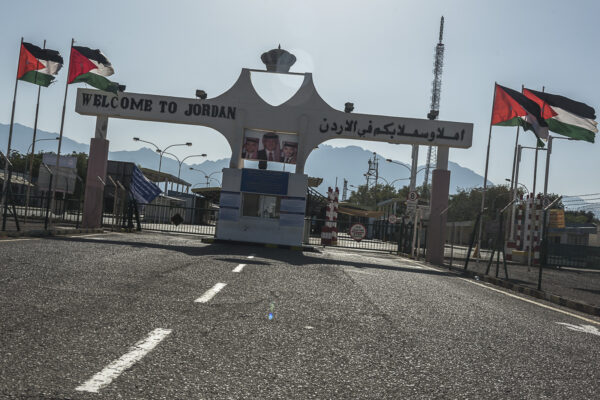 Crossing teh border into Jordan[/caption]
Crossing teh border into Jordan[/caption]
[caption id="attachment_3052" align="alignnone" width="600"]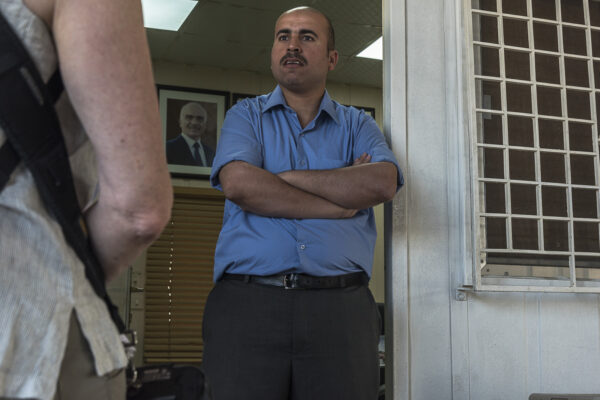 Cindy knew all the politicians in the government. They guy was impressed – so was I.[/caption]
Cindy knew all the politicians in the government. They guy was impressed – so was I.[/caption]
[caption id="attachment_3053" align="alignnone" width="600"]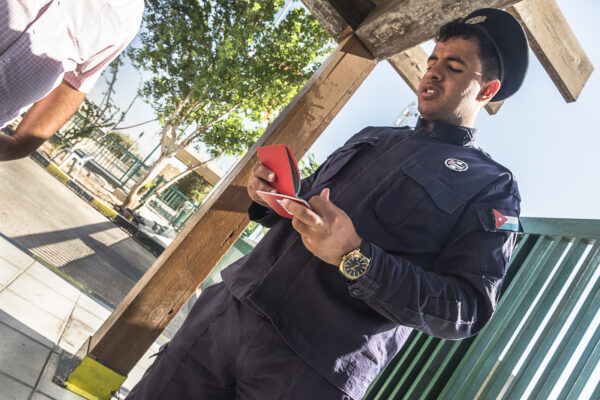 Having two Swiss Passport helped.[/caption]
Having two Swiss Passport helped.[/caption]
[caption id="attachment_3054" align="alignnone" width="600"]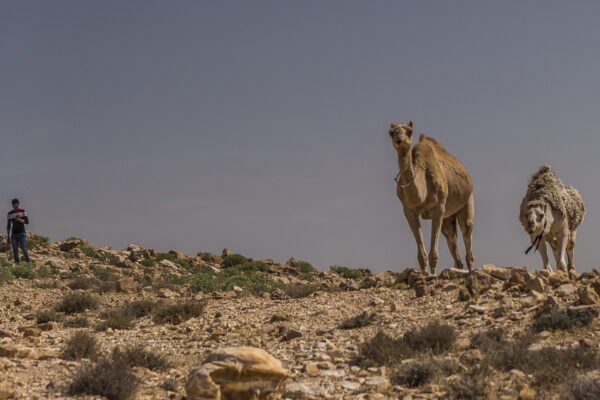 On our way to Petra.[/caption]
On our way to Petra.[/caption]
[caption id="attachment_3073" align="alignnone" width="310"]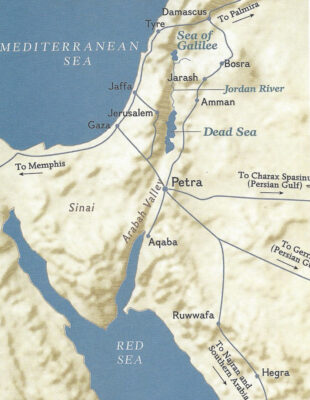 The importance of Petra in the early days.[/caption]
The importance of Petra in the early days.[/caption]
[caption id="attachment_3055" align="alignnone" width="600"]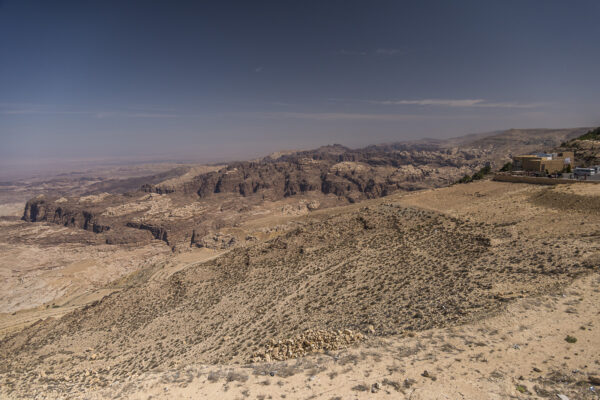 Approaching Petra.[/caption]
Approaching Petra.[/caption]
[caption id="attachment_3056" align="alignnone" width="600"]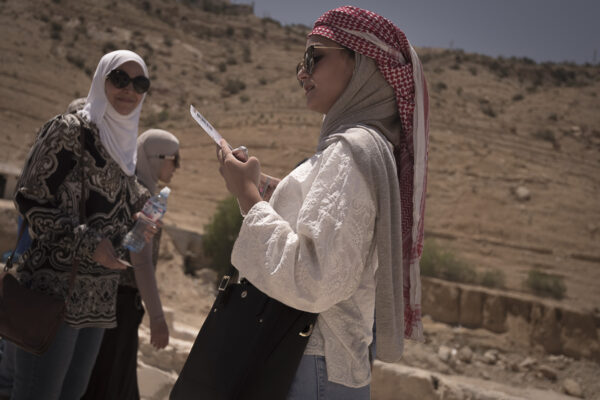 Happy, friendly Muslim women.[/caption]
Happy, friendly Muslim women.[/caption]
[caption id="attachment_3057" align="alignnone" width="600"]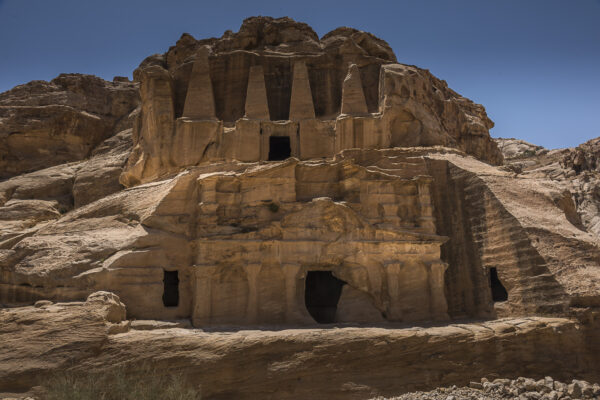 The Obelisks inspired from Egypt, while the niche in-between is Roman.[/caption]
The Obelisks inspired from Egypt, while the niche in-between is Roman.[/caption]
[caption id="attachment_3058" align="alignnone" width="267"]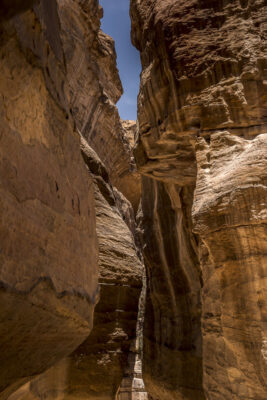 Narrow canyons.[/caption]
Narrow canyons.[/caption]
[caption id="attachment_3059" align="alignnone" width="411"] A Jordanian family.[/caption]
A Jordanian family.[/caption]
[caption id="attachment_3060" align="alignnone" width="267"]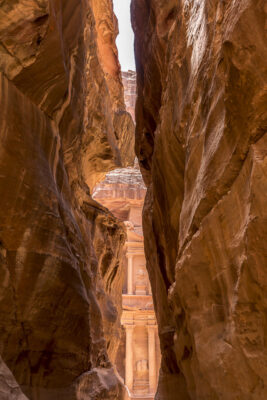 Here comes the moment when you start to see the Treasury.[/caption]
Here comes the moment when you start to see the Treasury.[/caption]
[caption id="attachment_3061" align="alignnone" width="595"]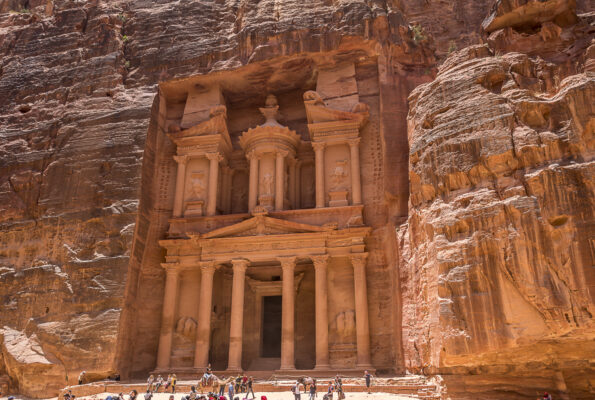 Unbelievable – this was directly carved into sandstone cliffs.[/caption]
Unbelievable – this was directly carved into sandstone cliffs.[/caption]
[caption id="attachment_3062" align="alignnone" width="600"]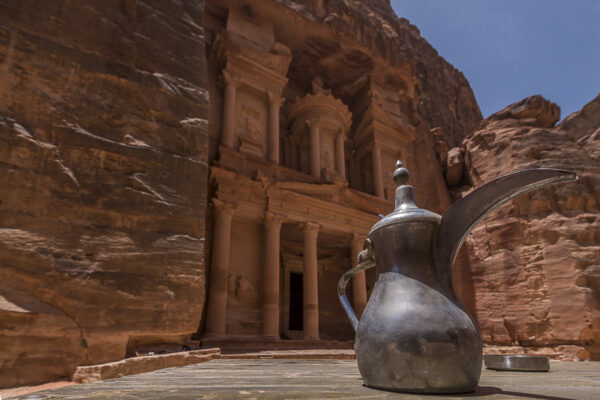 Carved hundreds of years B.C.[/caption]
Carved hundreds of years B.C.[/caption]
[caption id="attachment_3063" align="alignnone" width="267"]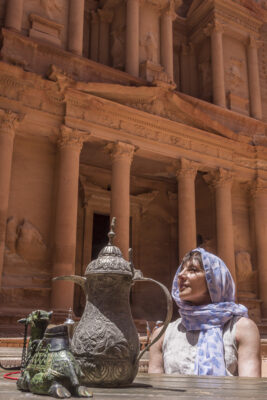 A local woman enjoying a coffee. Hold on. Isn’t this Cindy? :)[/caption]
A local woman enjoying a coffee. Hold on. Isn’t this Cindy? :)[/caption]
[caption id="attachment_3064" align="alignnone" width="600"]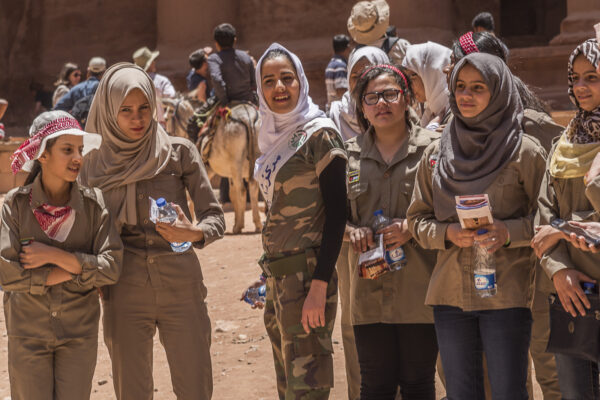 Can you imagine that those soldiers could fight against you? Give peace a chance ….[/caption]
Can you imagine that those soldiers could fight against you? Give peace a chance ….[/caption]
[caption id="attachment_3065" align="alignnone" width="600"]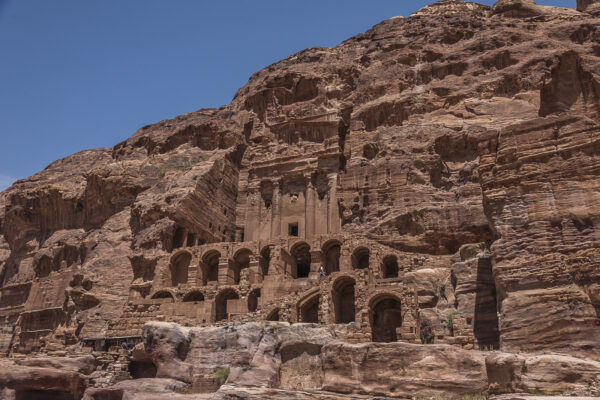 The Uneishu Tomb.[/caption]
The Uneishu Tomb.[/caption]
[caption id="attachment_3066" align="alignnone" width="600"]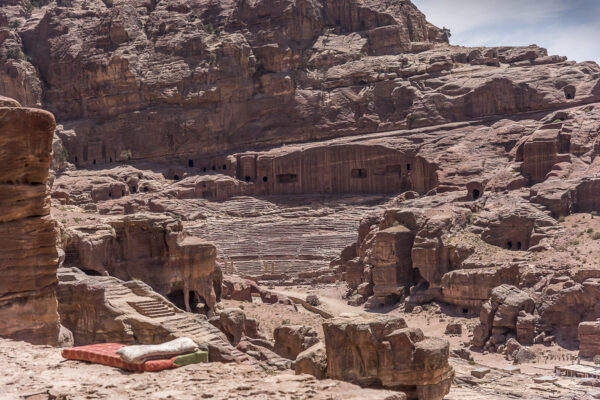 Theater which hold between 6’000 to 8’000 spectators. 100 years B.C.[/caption]
Theater which hold between 6’000 to 8’000 spectators. 100 years B.C.[/caption]
[caption id="attachment_3067" align="alignnone" width="522"] Bedouin on his horse.[/caption]
Bedouin on his horse.[/caption]
[caption id="attachment_3068" align="alignnone" width="600"]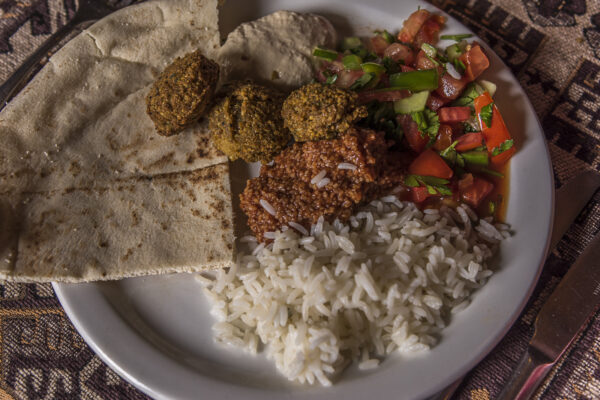 The Arab Cuisine has so many delicious spices and taste.[/caption]
The Arab Cuisine has so many delicious spices and taste.[/caption]
[caption id="attachment_3069" align="alignnone" width="600"]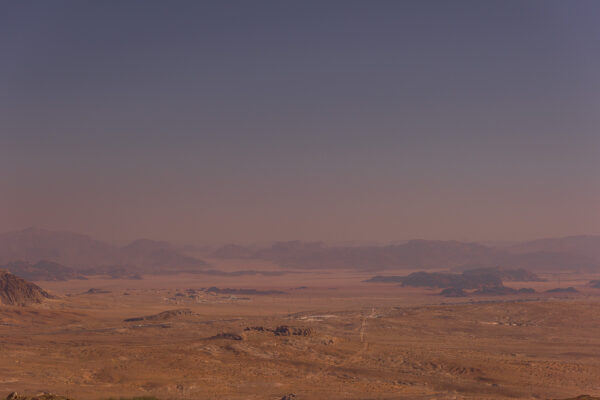 Sunset over the desert.[/caption]
Sunset over the desert.[/caption]
[caption id="attachment_3070" align="alignnone" width="600"]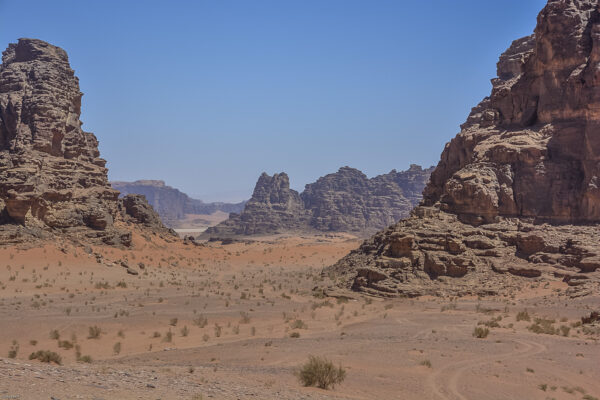 Cindy on her trip to Wadi Rum.[/caption]
Cindy on her trip to Wadi Rum.[/caption]
[caption id="attachment_3071" align="alignnone" width="600"]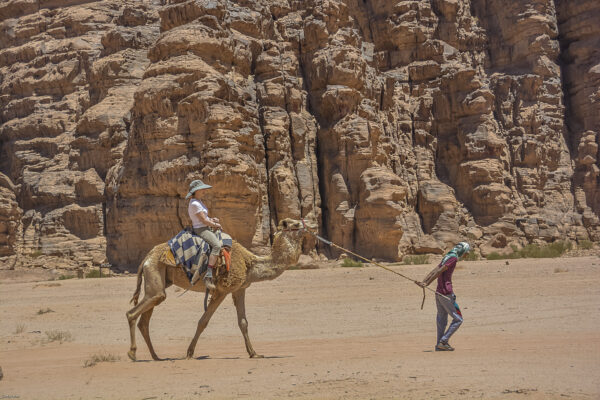 It is easy to cross the desert on a camel.[/caption]
It is easy to cross the desert on a camel.[/caption]
[caption id="attachment_3072" align="alignnone" width="600"]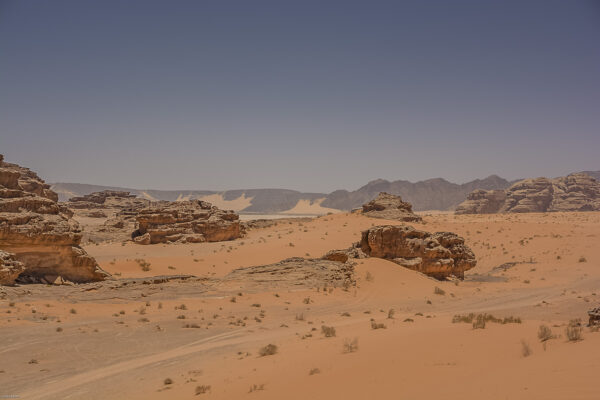 Wadi Rum.[/caption]
Wadi Rum.[/caption]
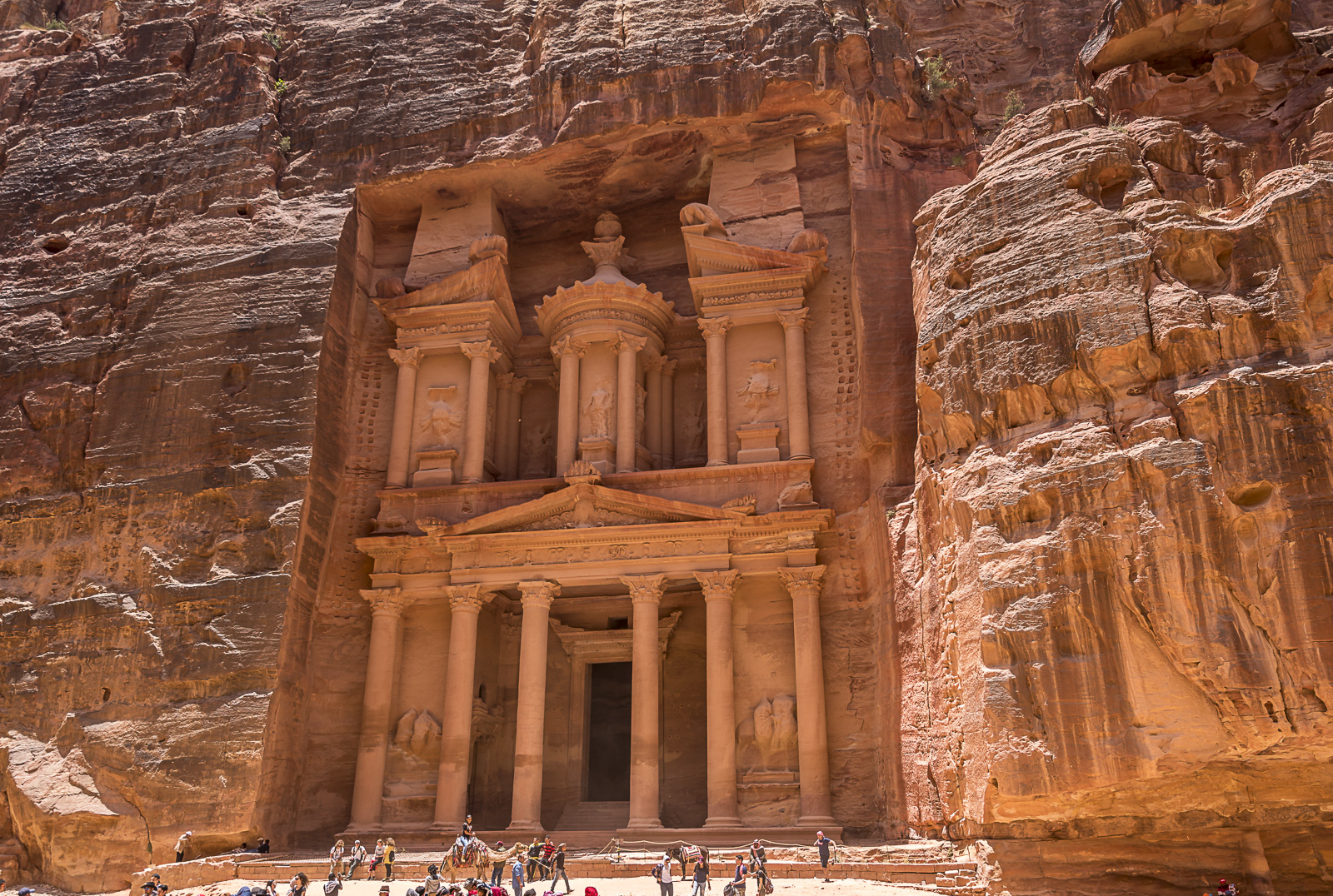
6 Comments